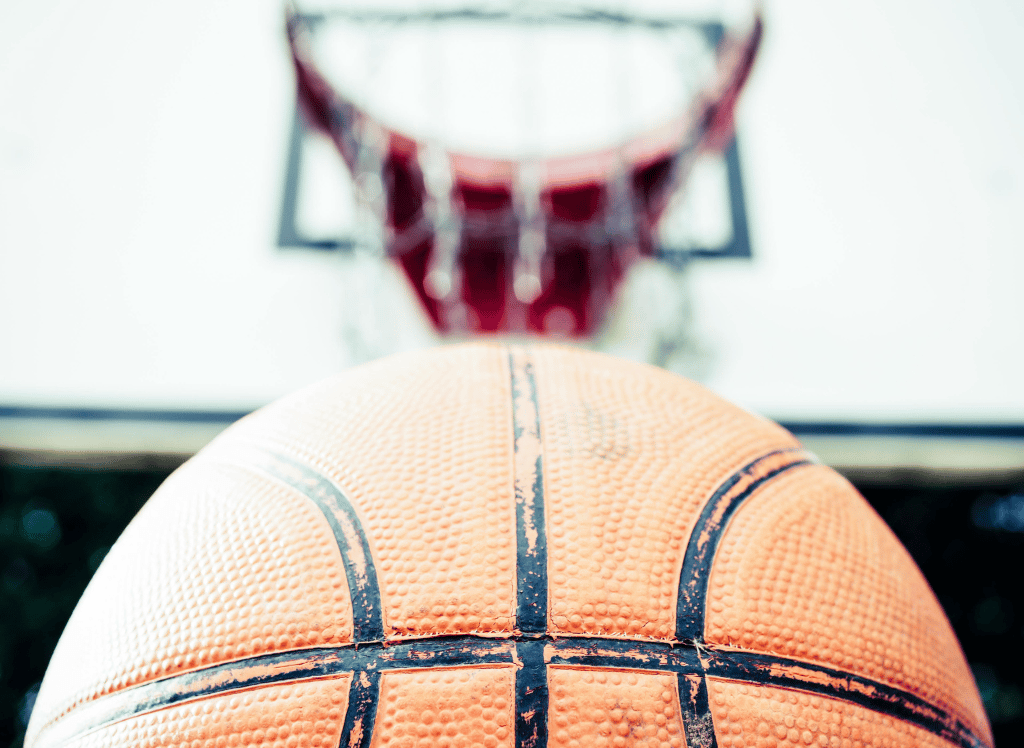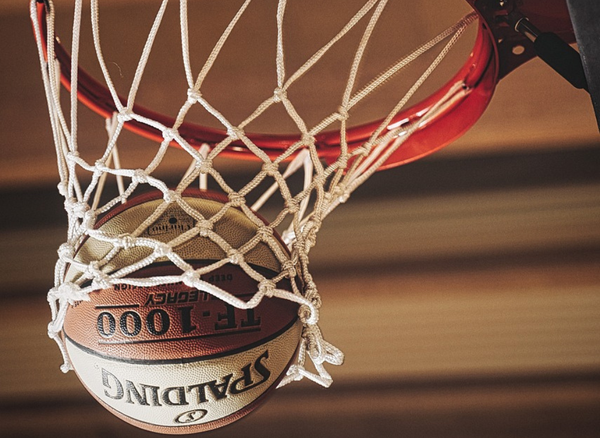Basketball isn't just a game of athletic prowess; it's a riot of physics in action! From the moment a player's sneakers squeak on the hardwood to the swish of the net, every aspect of the game is a lesson in science. But don't worry, you don't need a Ph.D. to understand how physics can help improve your basketball shot. Let's break it down with a little bit of nerdiness.
Basics of Basketball Physics
When a basketball player sets up for a shot, they're not just thinking about getting the ball through the hoop. They're engaging in a complex application of physics principles, whether they know it or not!
The basketball becomes a projectile the moment it leaves the player's hands, and its path is influenced by gravity, air resistance, and the initial force of the shot.
The concept of projectile motion is crucial here. When the ball is shot, it follows a curved path, or a parabola. The shape of this path is determined by the launch angle and the initial velocity of the ball. A higher arc (thanks to a greater launch angle) generally gives the ball a better chance of swooshing through the hoop without touching the rim – nothing but net!
Force, Energy, and Shooting Dynamics
How can you use all this physics knowledge to improve your basketball shot? First, practice your shooting form to find the optimal launch angle and speed. Experiment with different arcs and spins to see how they affect your shot's accuracy and stability. Remember, consistency is key – the more consistently you can apply the right amount of force and spin, the more consistently you'll score.
Kinetic energy and potential energy play starring roles in this drama. As the ball rises, its kinetic energy (energy of motion) is converted into potential energy (energy of position). The peak of the shot, where the ball has the maximum potential energy, is where it starts to lose this energy as it falls back down, converting back into kinetic energy. This interplay is crucial for making those perfect rainbow arcs that end in a satisfying swish.
Spin and the Magnus Effect
Now, let's add a twist – literally. When a player puts spin on the ball, they're adding angular momentum. This spin affects how air moves around the ball, which in turn affects the ball's path. This phenomenon is known as the Magnus effect.
A well-spun basketball can "bend" in the air, slightly altering its trajectory. This is particularly useful in making shots where the ball needs to curve off the backboard.
The rotation speed of the ball also helps stabilize the basketball through the air, much like a spiraled football. This stability can be the difference between a shot that hits its mark and one that veers off course.
Environmental Factors in Play
Playing conditions can also affect how a basketball behaves. Air pressure and humidity can alter how much force is needed for a shot. Lower air pressure means thinner air, allowing the ball to move through it with less resistance. Conversely, more humid conditions can make the ball heavier and the rim more slippery.
Even the hardness of the basketball court can influence the game. A harder surface can make the ball bounce higher and faster, adding more energy to each dribble. In contrast, a softer surface absorbs more energy, which can make dribbling more tiring and less effective.
Practical Shooting Tips
How can you use all this physics knowledge to improve your basketball shot? First, practice your shooting form to find the optimal launch angle and speed. Experiment with different arcs and spins to see how they affect your shot's accuracy and stability. Remember, consistency is key – the more consistently you can apply the right amount of force and spin, the more consistently you'll score.
Also, be aware of the playing conditions. Adjust your shots based on the humidity, air pressure, and court surface. These small adjustments can make a big difference in your basketball game.
Basketball Physics FAQ
Browse through the next section to learn more.
How does the launch angle affect a basketball shot?
The launch angle determines the trajectory of the basketball. A higher launch angle generally results in a higher arc, giving the ball a better chance of going through the hoop without interference from the rim.
What is the Magnus effect and how does it affect a basketball?
The Magnus effect occurs when a spinning ball creates a whirlpool of air around itself, affecting its path.
Does the hardness of the basketball court affect how the ball is played?
Yes, the surface hardness of the court can affect the energy transfer between the ball and the ground. A harder surface allows for higher and faster bounces, while a softer surface absorbs more energy, reducing the bounce height and speed.
How is physics used in basketball?
Physics is used in basketball to understand and improve shooting techniques, account for environmental factors that affect the game, and explain the mechanics of how the ball moves through the air. By understanding these principles, players can enhance their skills and strategy on the court.
Summary of Physics in Basketball Shooting
Basketball is more than just a game; it's a practical application of physics. Understanding the principles of projectile motion, kinetic and potential energy, and the Magnus effect can not only make you a better player but also deepen your appreciation for the sport. So next time you take a shot, remember, you're not just playing basketball, you're also doing science!









